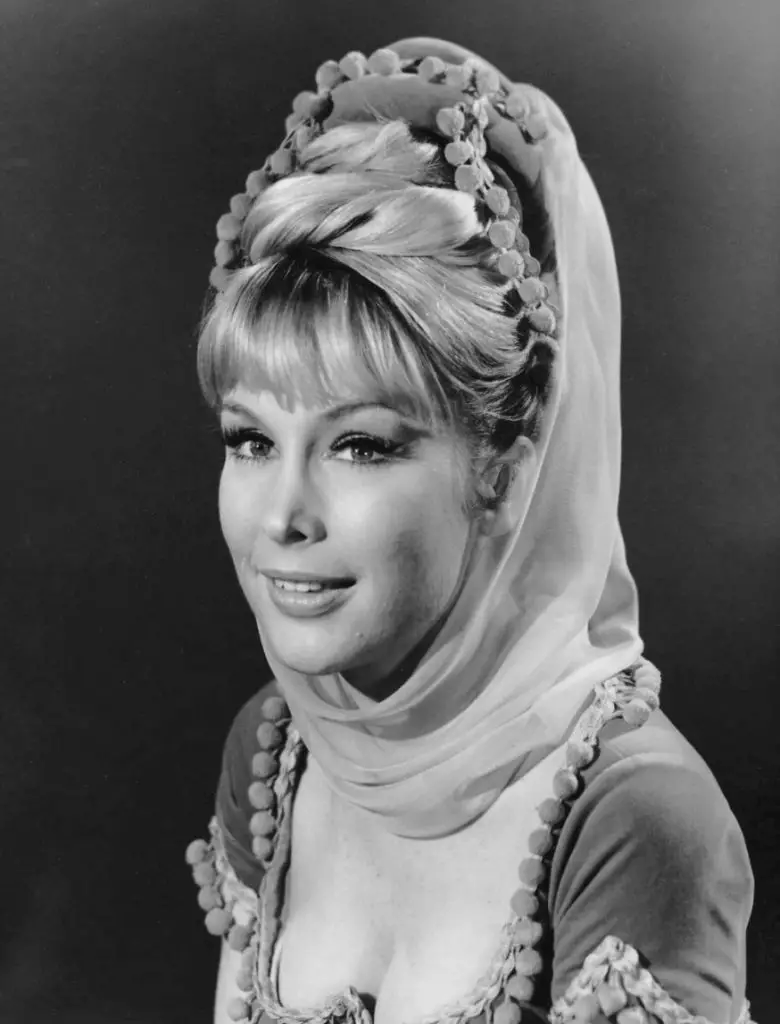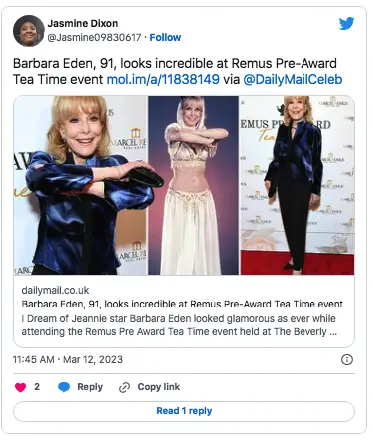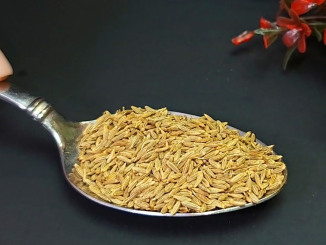
In the heart of Lower Manhattan, an unusual 29-story skyscraper, devoid of windows, stands tall and mysterious. Its code name is Titanpointe, and it is located at 33 Thomas Street. This building has baffled New Yorkers for years.
The building, constructed in 1974, was designed to withstand atomic blasts and was initially intended to house vital telecommunications equipment. It was envisioned as a communication nerve center, fortified against nuclear threats, by the architectural firm John Carl Warnecke & Associates.
This imposing structure, a gray tower of concrete and granite soaring 550 feet into the New York skyline, remains, unlike any other building in its vicinity. Unlike neighboring residential and office buildings, it does not have a single window and remains unilluminated. At night, it takes on an eerie presence, and by day it casts a giant shadow, its square vents emitting a faint hum, often drowned out by the city’s bustling sounds.
For decades, 33 Thomas Street, also nicknamed the “Long Lines Building,” has captured the imagination of New Yorkers as one of the city’s weirdest and most iconic skyscrapers. But the true purpose of this enigmatic structure has remained largely concealed, shrouded in secrecy.
The Secret Behind 33 Thomas Street
Beyond its enigmatic exterior, 33 Thomas Street conceals a deeper secret. This building appears to be more than just a telecommunications hub. Evidence from documents obtained by NSA whistleblower Edward Snowden, along with architectural plans and interviews with former AT&T employees, suggests that 33 Thomas Street served as an NSA surveillance site, code-named Titanpointe.
The NSA’s involvement goes beyond mere speculation. Inside the building, there’s a major international gateway switch that routes phone calls between the U.S. and countries worldwide. The NSA is believed to have tapped into these calls from a secure facility within the AT&T building. This covert surveillance program has targeted not only international organizations like the United Nations, the International Monetary Fund, and the World Bank but also numerous countries, including U.S. allies.
While AT&T has cooperated with the NSA on surveillance, few details have emerged about the specific role of facilities like 33 Thomas Street in carrying out top-secret programs. The Snowden documents, however, provide unprecedented insight into how NSA equipment has been integrated into AT&T’s network in New York City. This integration reveals the methods and technology employed by the agency to gather communications data from the company’s systems.
The NSA’s presence within this iconic skyscraper raises questions about the boundaries of surveillance in the modern world. As Elizabeth Goitein, co-director of the liberty and national security program at the Brennan Center for Justice, points out, “This is yet more proof that our communications service providers have become, whether willingly or unwillingly, an arm of the surveillance state.” The deep integration of the NSA within domestic communications infrastructure challenges the notion that such surveillance can be neatly confined to non-American targets.
Barbara Eden, a beloved Hollywood icon, defies age and embraces life
Incredibly beautiful Barbara Eden is 92 and we can all agree that she looks like she hasn’t aged a day. The I Dream of Jeannie star is as stunning as ever and we couldn’t help but share her recent photos of her with you.
Barbara Eden was born Barbara Jean Morehead on August 23, 1931. Her first public performance was singing in the church choir which later led to her being part of different bands. She studies both singing and acting and turned to be very successful in both.
Her natural beauty brought her the title Miss San Francisco in 1951.

Her TV career started with The Johnny Carson Show in 1955 and continued with a number of series and movies. In I Dream of Jeannie, which is her most remarkable role, she played a genie set free from her bottle. The series aired for five years.
For her last birthday, an official Barbara Eden Instagram account shared a photo of her which left fans stunned by how she looks at that age.
It said, “We wish our favorite blonde, Rider of the Wild Surf, Voyager to the Bottom of the Sea, nemesis of the Harper Valley PTA and of course, the eternal Lady in the Bottle a very happy Birthday today!”
In 1988, Barbara received a star on the Hollywood Walk of Fame for her contributions to television.
In her memoir Jeannie Out of the Bottle, which was released in 2011, she speaks of her childhood, her fame in her 20’s, as well as her marriages and the tragedy of losing her son.
This year, the actress turned 92 and says she feels age is just a number. In an interview with the Hollywood Reporter, she says:“It’s like any other birthday, I’m just happy to be here.”

Barbara is still working and doesn’t plan to retire any time soon. “I was working up until the shutdown point last March,” she told the Hollywood Reporter.
She is happy she has been part of the showbiz. “I’m very happy that I lived during that time,” she told the Hollywood Reporter. “I’m happy that I had my beginnings then, but things change. What a wonderful time now, more actors are working than ever before with all of the companies like Netflix and Amazon, all of these movies and TV shows they are producing.”
“I feel young!” Barbara told Page 6, adding that she considered herself lucky. “I feel sorry for people like my poor father who had to work every day at something he didn’t like. I enjoy my work. I still work.”
Until a few years back, she kept going to the gym, participating in spin classes, and lifting weights. Nowadays, she works with a trainer at her home.
“I have a lot of friends,” the TV legend added. “I’m pretty active socially.”
Eden recently attended a red carpet event in Beverly Hills and completely astounded everyone in attendance with her youthful looks.

She wore a navy blue satin shirt and matching black leggings, a matching set of black and silver jewelry, as well as high shoes with a pointed toe.
In 2021, she explained how she managed to keep her looks.
“I’m very careful about [my] diet,” she mentioned..
“I’m a carnivore… I like steak. We eat a lot of pork, chicken, steak [and] vegetables.”
We all have to agree that Barbara looks awesome.



Leave a Reply